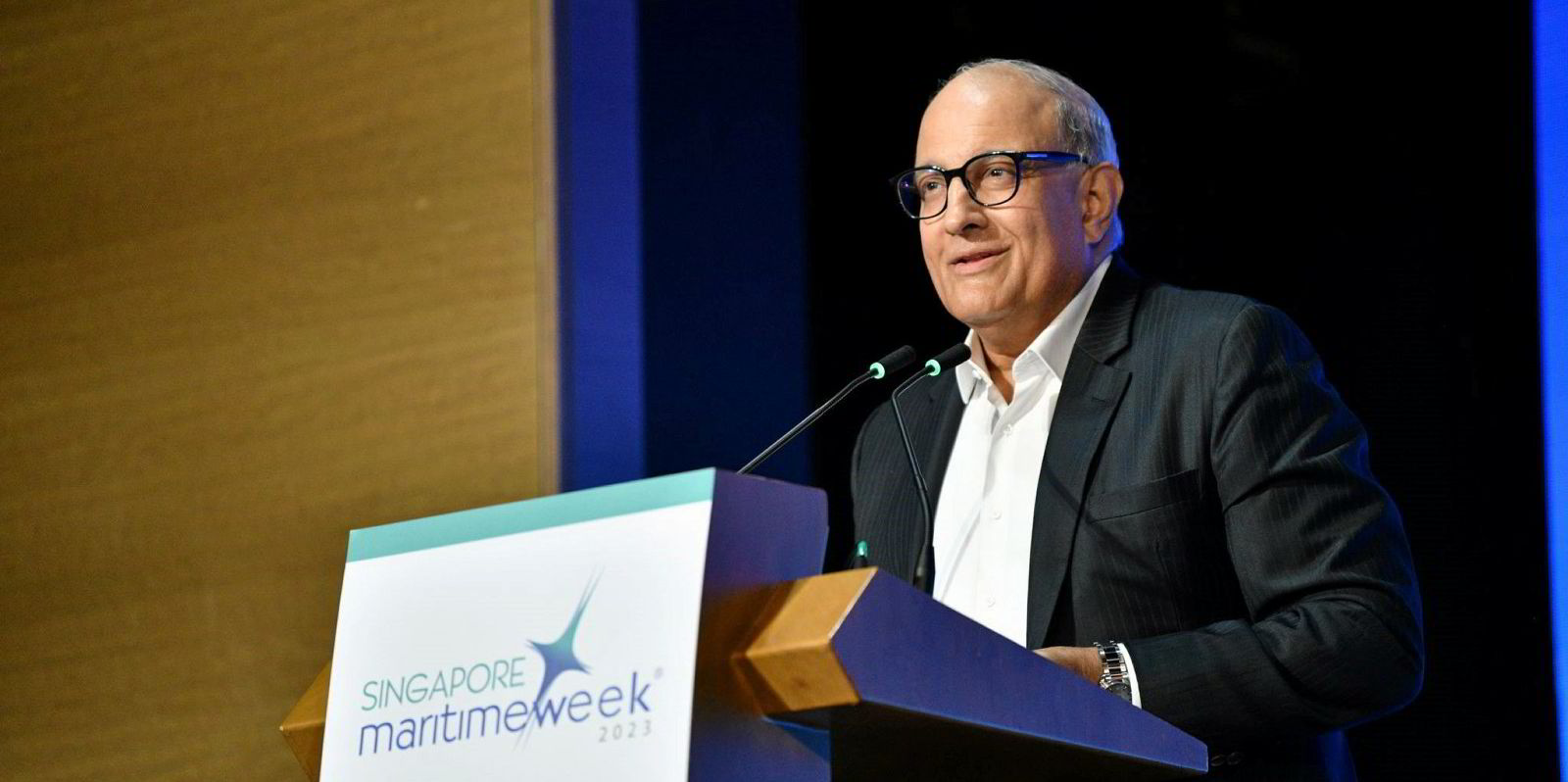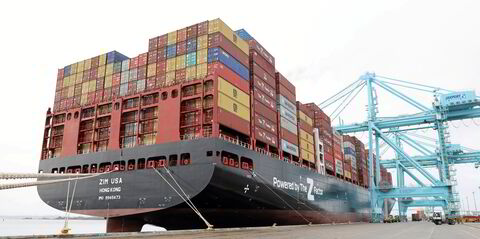An ammonia bunkering safety study has found that the risks identified for conducting pilot schemes in the Port of Singapore are low or mitigable.
The study was done by the Singapore-based Global Centre for Maritime Decarbonisation (GCMD) and DNV Maritime Advisory, supported by infrastructure consultancy Surbana Jurong and the Singapore Maritime Academy.
It paves the way for a pilot project at three identified sites.
Launching the report on Thursday, GCMD chief executive Professor Lynn Loo said the aim is for the first transfer of ammonia to take place using proxy assets by the end of 2023, subject to obtaining the green light from regulators.
Ammonia transfers in Singapore’s port waters will begin with ammonia carriers, because ammonia-fuelled vessels are not yet available. This will prepare stakeholders for an actual bunkering pilot when ammonia-fuelled vessels are in operation.
The nine-month-long study has resulted in a report titled Safety and Operational Guidelines for Piloting Ammonia Bunkering in Singapore. The study analysed capacity needs and feasible operating concepts and recommended suitable sites for pilots.
More than 400 potential risks were identified and assessed based on four technically feasible operational concepts: breakbulk and bunkering at anchorage, as well as shore-to-ship transfers and cross-dock transfers at two land-based sites for potential ammonia bunkering.
The identified risks were found to be manageable with mitigation measures.
The study recommended a safety zone of 200 metres to 400 metres for breakbulk and bunkering operations at anchorage, with flow rates of up to 700 cbm per hour.
It also estimated the total capital expenditure for the additional infrastructure build-out needed to operationalise ammonia bunkering at two land-based sites.
Knut Orbeck-Nilssen, CEO of DNV Maritime, said further ammonia bunkering pilots and studies are key to understanding, assessing and mitigating the safety risks associated with using ammonia fuel on board the world fleet.
Green ammonia, despite its toxicity and accompanying dangers, is one of the front-runner future fuels under consideration for decarbonising the shipping industry.
GCMD said local regulatory authorities will be able to use the report and its guidelines in deliberating on an ammonia bunkering pilot.
The full report will be made widely available at a later date.





